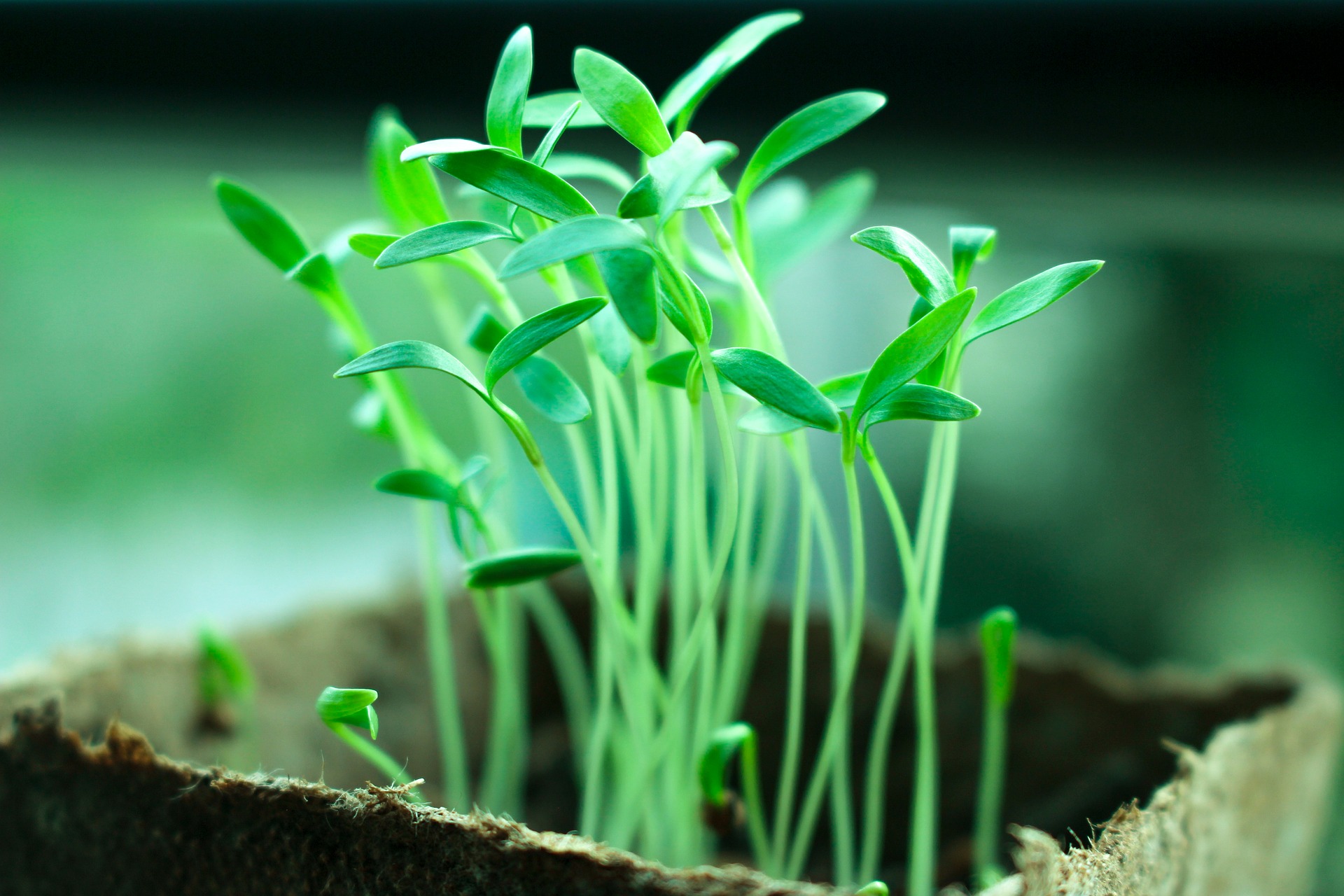
There must be a reason why some hydroponic growers get better yields than others. That is, if both growers have the same system, the same plants, and the same fertilizer schedule, why does one grower walk away with more to show for their efforts?
The reason why is often because the grower with the better yield knows about micronutrients.
When you grow your plants in soil outdoors, or even premixed potting soil, micronutrients are often already taken care of for you. You may need to supplement if you’ve been growing in the same soil for a while, sure. But with hydroponic gardening, your plants don’t have the benefit of micronutrients present in soil. They only receive the nutrition that you give them through water.
And that means if you feed them nothing with micronutrients, then they don’t get any. Even if you’ve got your big three balanced--nitrogen, phosphorous, and potassium--your plants aren’t going to reach their full potential without other nutrients. Here’s why micronutrients are important for your indoor garden.
What micronutrients do for your plants
Just as in your body, micronutrients contribute to a variety of essential functions within plants. Below are just a few of the benefits that each of these micronutrients provide.
Iron
Iron helps your plant produce chlorophyll, which is essential to leaf function. Without the ability to absorb and utilize light, plants are going to deteriorate quickly. Chlorophyll allows plants to produce energy. No iron; no energy.
Manganese
You’ll see signs of manganese deficiency on newly developing leaves. Plants use manganese in the photosynthesis process, as well as for utilizing nitrogen.
Calcium
You may not think of calcium as a mineral that is highly necessary for plants. They don’t have bones, right? But calcium plays extremely important roles in connective tissues for plants, especially if you are growing flowering plants that produce buds or fruits. So if you want usable yields, you want to make sure your plants are getting enough calcium.
How to spot micronutrient deficiencies
Micronutrient deficiencies can present as discoloration in the leaves of your plant, such as yellowing or brown spots. These deficiencies can crop up when the pH of your growing medium gets too high, so keeping an eye on the acidity levels can clue you in to whether the problems you’re seeing are related to some kind of nutrient deficiency.
You can also check how the roots are looking on your plants. Brown roots indicate root disease, and of course your plants need healthy roots to take in micronutrients. It can be difficult to pinpoint which particular micronutrient your plant is not getting enough of, and the various micronutrients can compete with each other, meaning that if your plant is taking in too much manganese, it may be blocking out necessary iron.
Your best bet for rebalancing micronutrients is often flushing the growing media and testing micronutrient levels in your water.
Tell us about your experiences with getting the right micronutrient balance. What supplements do you use?
